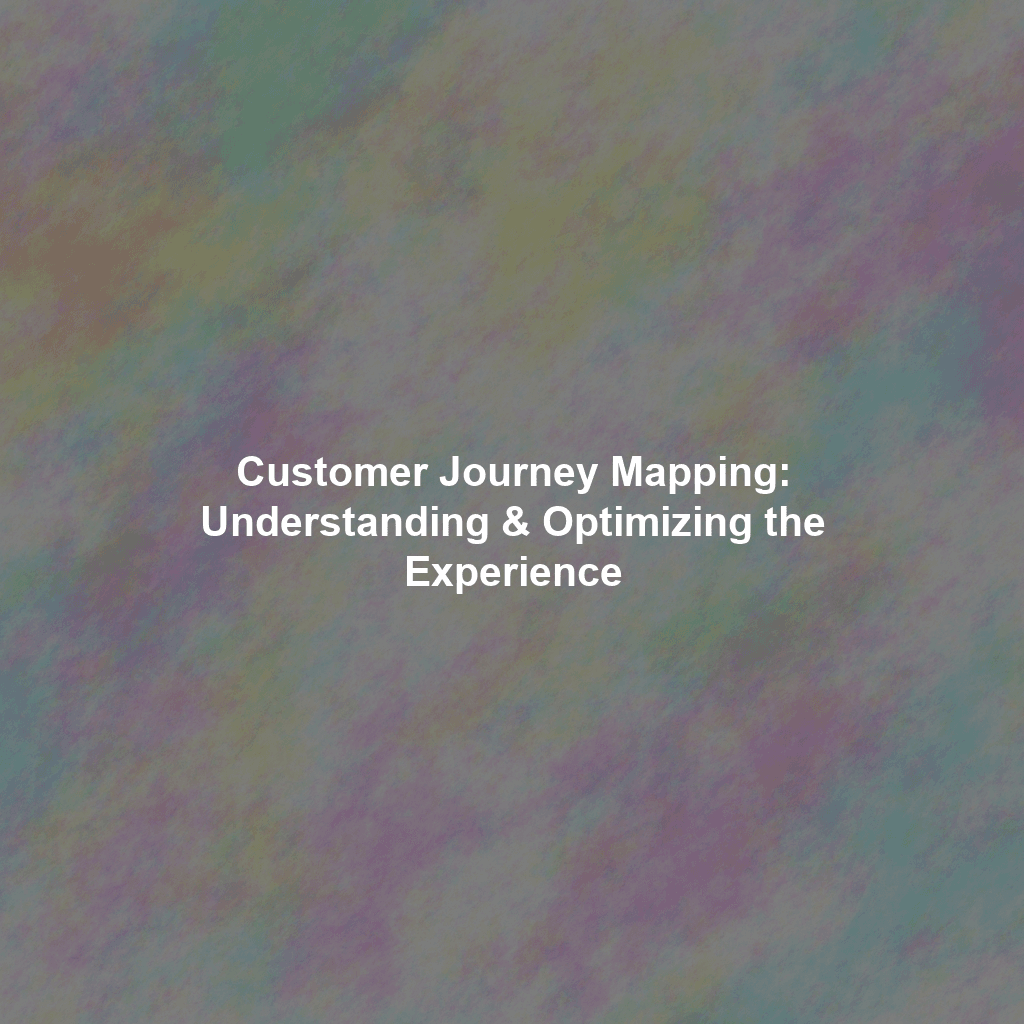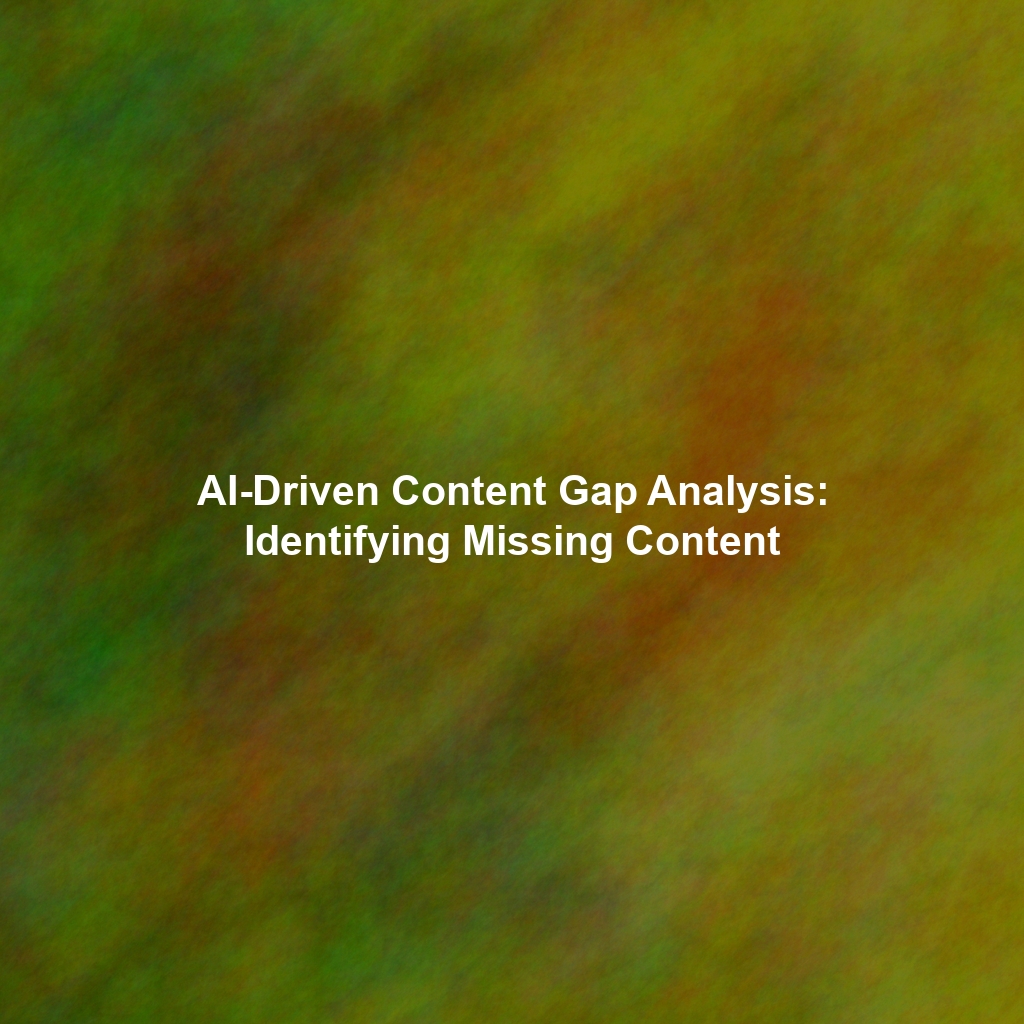Introduction: Walking in Your Customer’s Shoes
Think of it as creating a roadmap of your customer’s interactions with your brand, from initial awareness to becoming a loyal advocate. By mapping out this journey, you gain invaluable insights that can lead to improved customer satisfaction, increased sales, and stronger customer relationships.
This article will delve into the world of customer journey mapping, exploring its benefits, the key elements involved, and practical steps to create your own effective maps. We’ll move beyond the theory and provide actionable advice to help you leverage customer journey mapping to transform your customer experience and achieve your business goals.
What is a Customer Journey Map?
A customer journey map is a visual representation of the end-to-end experience a customer has with your brand. It outlines the steps a customer takes to achieve a specific goal, such as purchasing a product, subscribing to a service, or resolving an issue. This isn’t just a linear process; it captures all the touchpoints, emotions, and interactions a customer has along the way.
Think of a customer wanting to buy a new coffee maker. Their journey might start with seeing an ad on social media, then visiting your website to compare models, reading customer reviews, placing an order, receiving the delivery, setting up the machine, and finally, enjoying their first cup of coffee. Each of these steps is a potential touchpoint, and the journey map helps you understand how the customer feels at each stage.
A well-crafted customer journey map will typically include the following elements:
- Customer Personas: Fictional representations of your ideal customers based on research and data. This ensures your map is grounded in reality.
- Stages: The key phases the customer goes through, such as awareness, consideration, purchase, retention, and advocacy.
- Touchpoints: The specific interactions the customer has with your brand at each stage (e.g., website visits, phone calls, social media interactions, in-store experiences).
- Actions: What the customer is doing at each touchpoint.
- Emotions: How the customer is feeling at each touchpoint (e.g., frustrated, excited, confused, satisfied).
- Pain Points: The challenges or frustrations the customer experiences at each touchpoint.
- Opportunities: Areas where you can improve the customer experience and address pain points.
Why is Customer Journey Mapping Important for CRM?
Customer journey mapping is intrinsically linked to CRM. Your CRM system provides the data that fuels effective journey mapping, and the insights gained from mapping inform how you use your CRM to improve customer interactions. Here’s why they work so well together:
- Improved Customer Understanding: CRM provides data on customer interactions, purchase history, and demographics. Journey mapping uses this data to create a holistic understanding of the customer experience, revealing patterns and insights that might otherwise be missed.
- Personalized Interactions: By understanding the customer’s journey, you can personalize your interactions at each touchpoint. This can involve tailoring marketing messages, providing proactive support, and offering personalized recommendations.
- Enhanced Customer Satisfaction: Identifying and addressing pain points along the customer journey leads to increased customer satisfaction. Happy customers are more likely to become loyal customers and advocates for your brand.
- Increased Sales and Revenue: A smoother, more satisfying customer journey can lead to increased conversion rates, repeat purchases, and higher customer lifetime value.
- Improved Customer Retention: Understanding why customers leave and addressing those pain points can significantly improve customer retention rates.
- More Effective Marketing: By understanding the customer journey, you can target your marketing efforts more effectively, delivering the right message to the right customer at the right time.
In essence, customer journey mapping helps you leverage your CRM data to create a customer-centric approach that drives business growth.
Creating Your Customer Journey Map: A Step-by-Step Guide
Creating a customer journey map might seem daunting, but by following a structured approach, you can develop a powerful tool for understanding and optimizing your customer experience. Here’s a step-by-step guide:
Step 1: Define Your Objectives
Before you start mapping, clarify what you want to achieve. Are you trying to improve customer onboarding, reduce churn, or increase sales? Defining your objectives will help you focus your efforts and measure the success of your map.
Step 2: Identify Your Customer Personas
Who are your target customers? Create detailed personas based on research, customer data, and market analysis. Each persona should represent a distinct segment of your customer base and include information such as demographics, goals, motivations, and pain points. Give them names and even find stock photos to help your team empathize. Don’t try to map *all* your customers at once – focus on the most important segments first.
Step 3: Define the Scope of Your Journey
Which journey are you mapping? Are you mapping the entire customer lifecycle, or are you focusing on a specific interaction, such as the online purchase process or the customer service experience? Defining the scope will help you stay focused and avoid getting overwhelmed.
Step 4: Identify the Stages of the Journey
Break down the customer’s journey into distinct stages. Common stages include awareness, consideration, purchase, usage, and advocacy. The specific stages will vary depending on your business and the scope of your map.
Step 5: Map the Touchpoints
For each stage, identify all the touchpoints where the customer interacts with your brand. This could include website visits, social media interactions, phone calls, emails, in-store experiences, and more. Be as comprehensive as possible.
Step 6: Capture Customer Actions, Emotions, and Pain Points
For each touchpoint, document what the customer is doing, how they are feeling, and any pain points they are experiencing. Use customer feedback, surveys, analytics data, and employee insights to gather this information. This is the heart of the journey map – understanding the *why* behind the customer’s behavior.
Step 7: Identify Opportunities for Improvement
Based on your findings, identify areas where you can improve the customer experience and address pain points. This could involve streamlining processes, improving communication, providing better support, or offering more personalized experiences.
Step 8: Visualize Your Map
Create a visual representation of your customer journey map. There are many tools available to help you with this, from simple spreadsheets to dedicated journey mapping software. The key is to create a map that is easy to understand and share with your team.
Step 9: Share and Iterate
Share your customer journey map with your team and stakeholders. Use it as a basis for discussion and collaboration. Customer journey mapping is an iterative process, so be prepared to update and refine your map as you gather more information and learn more about your customers. It’s not a “one and done” exercise.
Tools and Techniques for Customer Journey Mapping
Several tools and techniques can assist you in creating and maintaining effective customer journey maps:
- CRM Software: Your CRM system is a treasure trove of customer data that can inform your journey maps. Use it to track customer interactions, identify pain points, and personalize your communications.
- Customer Surveys: Surveys can provide valuable insights into customer satisfaction, pain points, and areas for improvement.
- Customer Feedback Forms: Include feedback forms on your website and in your marketing materials to gather ongoing feedback from customers.
- Website Analytics: Tools like Google Analytics can help you track customer behavior on your website, identify popular pages, and understand how customers are navigating your site.
- Social Media Monitoring: Monitor social media channels to see what customers are saying about your brand and identify potential issues.
- User Testing: Conduct user testing to observe how customers interact with your website, app, or other products.
- Journey Mapping Software: Dedicated journey mapping software can help you create, visualize, and share your maps more easily. Examples include Smaply, UXPressia, and Canvanizer.
- Empathy Mapping: Empathy mapping helps you understand your customers’ thoughts, feelings, and behaviors.
Common Mistakes to Avoid in Customer Journey Mapping
Even with a well-defined process, there are common pitfalls to avoid when creating customer journey maps:
- Making Assumptions: Don’t rely on assumptions about your customers’ experiences. Base your map on data and feedback.
- Focusing Solely on the Online Experience: Remember that the customer journey often extends beyond the digital realm. Consider all touchpoints, both online and offline.
- Creating a Static Map: Customer journey mapping is an ongoing process. Be prepared to update your map as your business and your customers evolve.
- Not Involving Stakeholders: Involve stakeholders from across your organization in the mapping process to ensure that the map reflects the entire customer experience.
- Ignoring Negative Experiences: Don’t shy away from identifying pain points. Addressing these issues is crucial for improving the customer experience.
- Failing to Act on Insights: The customer journey map is only valuable if you use it to drive real change. Develop an action plan to address the issues identified in your map.
- Trying to be perfect: Don’t aim for absolute perfection on the first iteration. Get something down, share it, get feedback, and improve over time. The value is in the process, not just the “finished” map.
Conclusion: The Journey to Customer-Centricity
Customer journey mapping is a powerful tool for understanding and optimizing the customer experience. By creating a visual representation of the customer’s interactions with your brand, you can identify pain points, opportunities for improvement, and ways to personalize the customer experience.
When integrated with your CRM strategy, customer journey mapping becomes even more effective. Your CRM provides the data that fuels the mapping process, and the insights gained from mapping inform how you use your CRM to improve customer interactions.
Embrace customer journey mapping as an ongoing process, and you’ll be well on your way to creating a truly customer-centric organization that delights customers, builds loyalty, and drives business growth. Remember, it’s about understanding your customers, anticipating their needs, and providing them with a seamless and satisfying experience at every touchpoint.
 Skip to content
Skip to content

